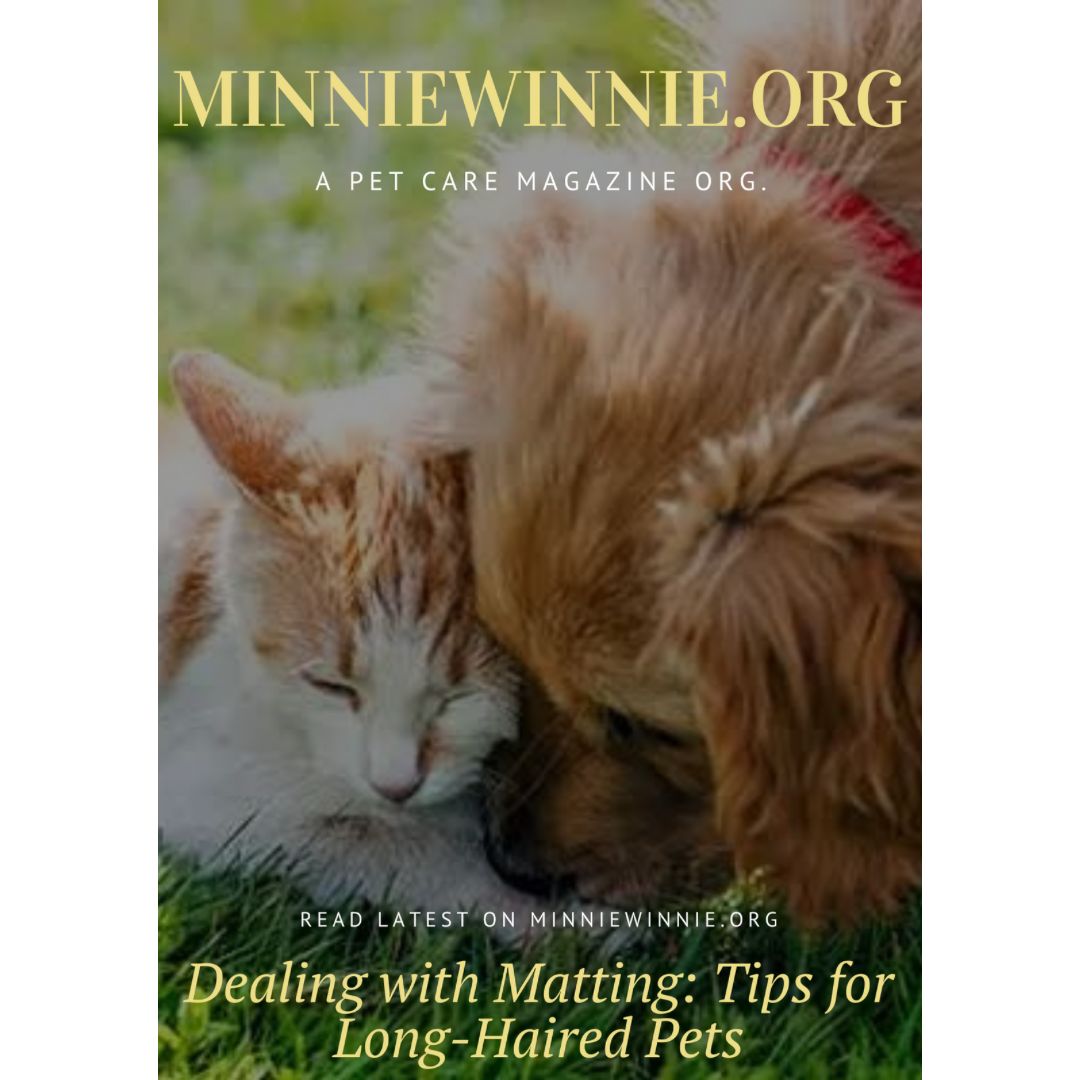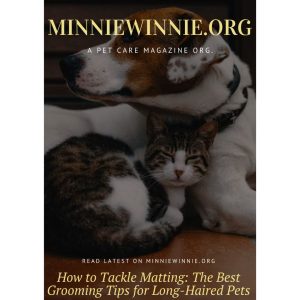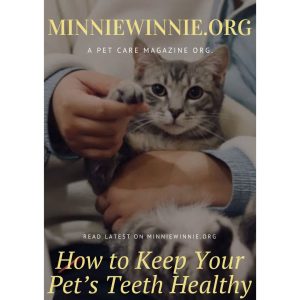Dealing with Matting: Tips for Long-Haired Pets
Long-haired pets, like certain breeds of cats and dogs, are beautiful with their luscious coats, but maintaining them can be a challenge. One common issue for these furry friends is matting a condition where the fur becomes tangled and knotted. If left untreated, matting can cause discomfort, skin irritation, and even infections. For pet owners, understanding how to prevent and handle matting is key to ensuring your pet stays comfortable and healthy. Here are some practical tips to manage matting for long-haired pets.
1. Regular Brushing: The First Line of Defense
The best way to prevent matting is by brushing your pet regularly. Long-haired pets need frequent brushing—ideally every day or at least several times a week—to keep their coats free from tangles. Use a slicker brush or comb designed for long fur, and make sure to reach down to the undercoat, where mats often form.
Start gently, especially if your pet isn’t used to being brushed. You can make brushing a positive experience by offering treats and praise, ensuring it becomes a bonding activity rather than a chore.
2. Be Aware of High-Friction Areas
Mats tend to form in areas where there’s a lot of friction—like behind the ears, under the legs, around the collar area, and near the tail. Pay extra attention to these spots when brushing your pet. For dogs, areas around harnesses or leashes are also prone to matting, so it’s essential to remove and check these areas after walks or playtime.
3. Use Detangling Sprays
Detangling sprays can make a world of difference when dealing with long-haired pets. These sprays help loosen knots and make the fur easier to manage. Before brushing, lightly spray your pet’s coat to reduce pulling and discomfort. These products also add moisture to the fur, preventing future matting.
Look for detangling sprays specifically made for pets to ensure they’re safe and non-toxic. Some sprays even contain conditioning ingredients that keep your pet’s coat soft and healthy.
4. Regular Baths with the Right Shampoo
Bathing your long-haired pet can help reduce matting, but it’s essential to use the right shampoo and conditioner. Look for moisturizing, detangling, or conditioning formulas made for pets with long coats. Avoid using human shampoos, as they can strip away natural oils, making the fur more prone to tangling.
Make sure to brush your pet’s fur thoroughly before and after a bath. Wet fur is more prone to matting, so never skip the post-bath brush!
5. Check for Mats Often
Even with regular grooming, mats can form, especially if your pet is very active. Check your pet’s coat frequently for small mats, as they are easier to remove when they’re just beginning to form. If you spot one, try to gently work it out using your fingers or a wide-toothed comb. For stubborn mats, use a mat-splitting tool designed to break apart the mat without cutting too much fur.
Avoid using scissors, as it can be challenging to cut a mat without injuring your pet. If you’re unsure, it’s always best to seek professional grooming help.
6. Seek Professional Grooming
For pets with especially thick or long fur, professional grooming every few months can help keep matting under control. Groomers have the tools and expertise to handle tough mats and can give your pet a proper trim to prevent future matting.
If your pet already has severe mats, a professional groomer will know how to remove them safely. In some cases, they may recommend shaving areas with extensive matting to prevent discomfort or skin problems.
7. Preventive Haircuts
If your pet is prone to frequent matting despite regular grooming, consider giving them a shorter haircut. This is especially useful during warmer months when long fur isn’t necessary. A shorter coat reduces the likelihood of mats forming, making it easier to manage daily grooming.
You don’t need to completely shave your pet, but trimming problem areas—such as the belly, legs, or underarms—can make maintenance simpler for you and more comfortable for your pet.
8. Keep an Eye on Skin Health
Matting doesn’t just affect the fur—it can also harm your pet’s skin. When mats form, they can tug on the skin, causing pain, irritation, or sores. If left unchecked, they can even trap moisture and bacteria, leading to skin infections. If you notice redness, bumps, or irritation under the mats, consult a vet or groomer immediately.
Conclusion
Caring for a long-haired pet comes with its own set of challenges, but with regular grooming, the right tools, and a little patience, you can keep your pet’s coat healthy and mat-free. Regular brushing, attention to high-friction areas, and professional grooming are key to preventing matting. By investing time in their care, you ensure your furry friend remains comfortable, happy, and ready for cuddles, without the pain and discomfort of mats.










